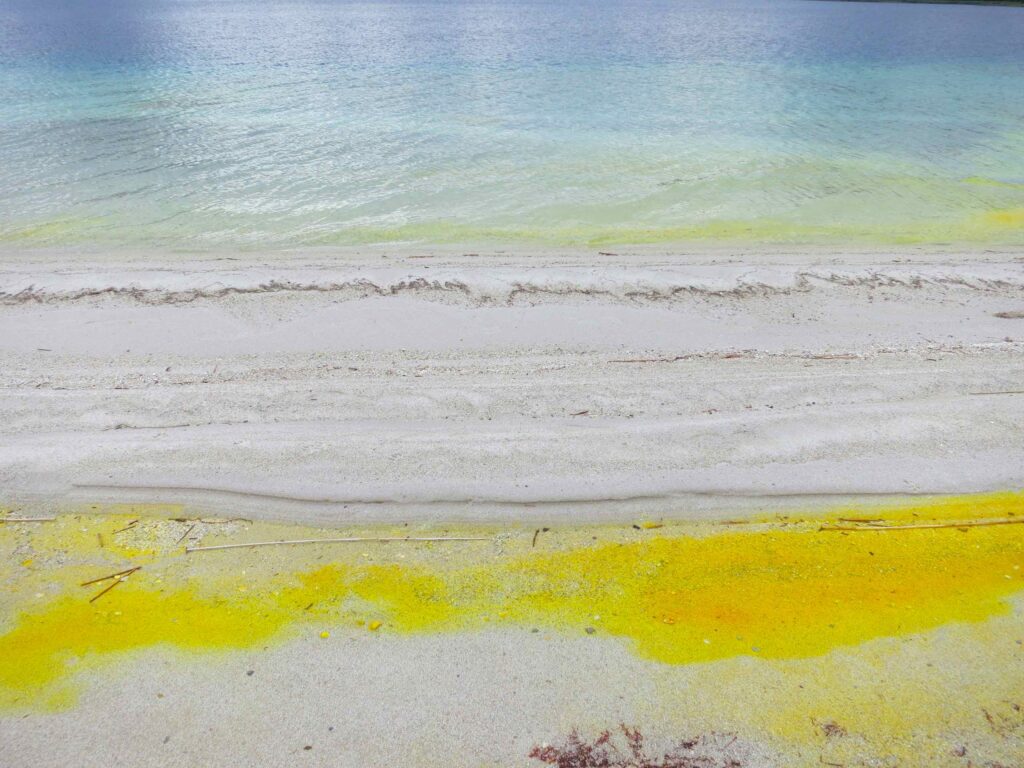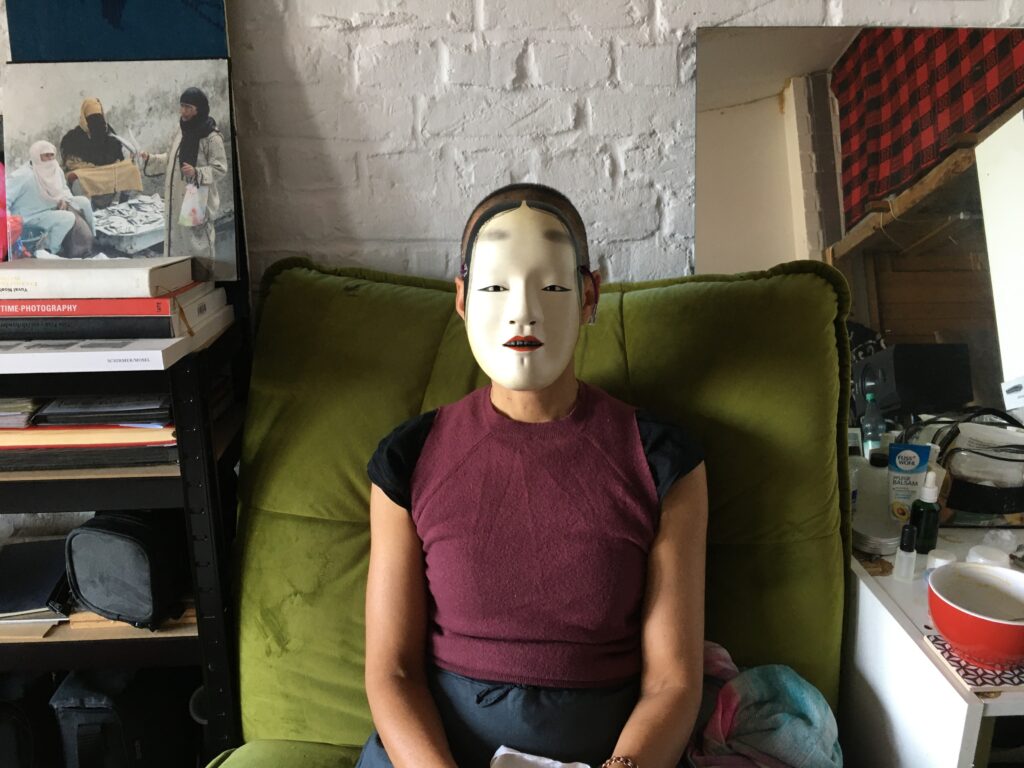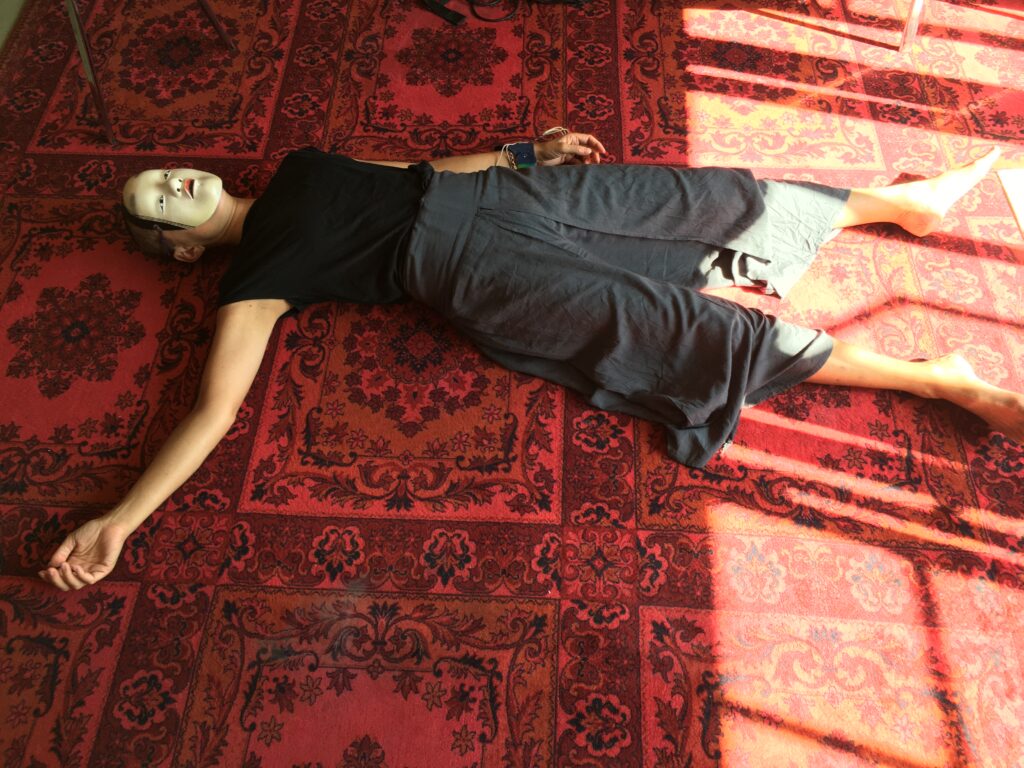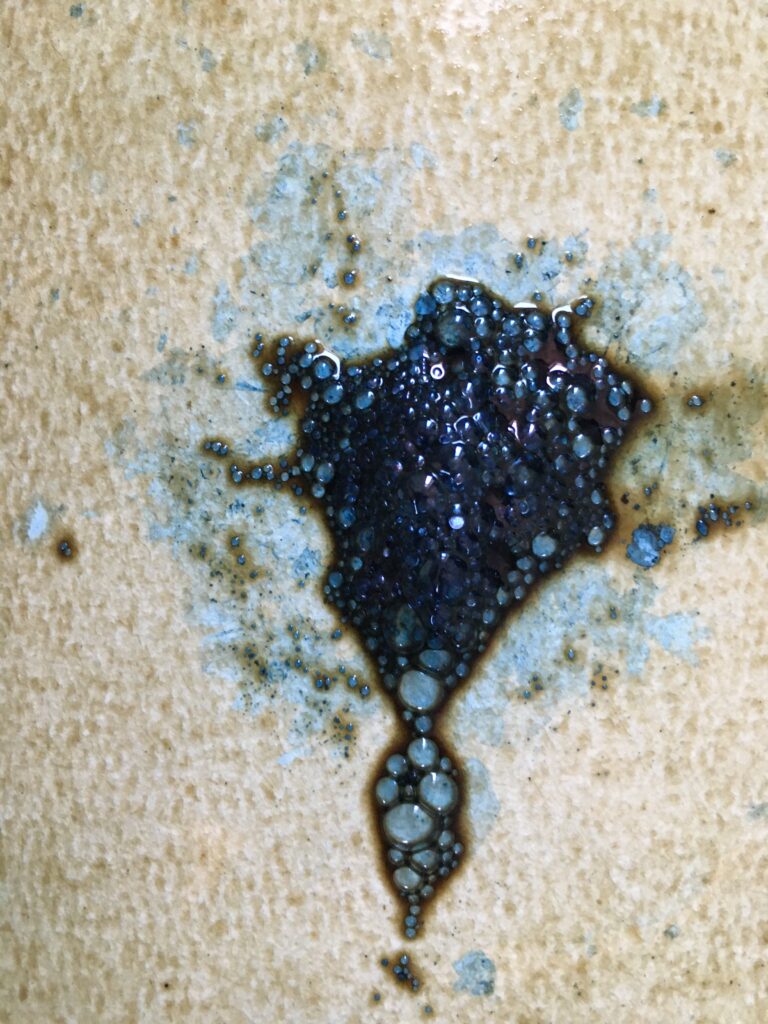12 June 2025
“What kinds of reward can failure offer us? Perhaps most obviously, failure allows us to escape the punishing norms that discipline behavior and manage human development with the goal of delivering us from unruly childhoods to orderly and predictable adulthoods. Failure preserves some of the wondrous anarchy of childhood and disturbs the supposedly clean boundaries between adults and children, winners and losers. And while failure certainly comes accompanied by a host of negative affects, such as disappointment, disillusionment, and despair, it also provides the opportunity to use these negative affects to poke holes in the toxic positivity of contemporary life.” Jack Halberstam, The Queer Art of Failure

The grotesque within Butoh is about giving permission to fail, to be imperfect. There is a problem of ‘pre-formatted’ grotesque that already exists in Butoh: dancers wanting to dance ‘grotesque forms’ but not their own sense of failure or grotesque. Creating a system to go beyond yourself, so that the score transmits and enacts this ‘going beyond your framework’: a yantra for failing.
Grotesque has elements of:
Humour (Gutai)
Absurd
Concrete rather than abstract
Unfamiliar: playing with gender, animal behaviour
Weakness, vulnerability
Unfiltered behaviour
The edge of (perceived) propriety or fear
Wobbling
Abject
Subversive
Erases the clear boundary between good/bad: undoes the boundary
Extreme subservience
Discomfort
Behaving ‘badly’
In a complex system with chaotic behaviour, the grotesque can be the unformed chaos – the primordial soup. There’s something to be found in the indigo vat…
What if we created playground for the grotesque: letting mischievous spirits possess us…
I remember the itako female shamans roaming on the beaches of Osorezan, looking for scores of possession in the volcanic landscape.


The vat, bubbling







